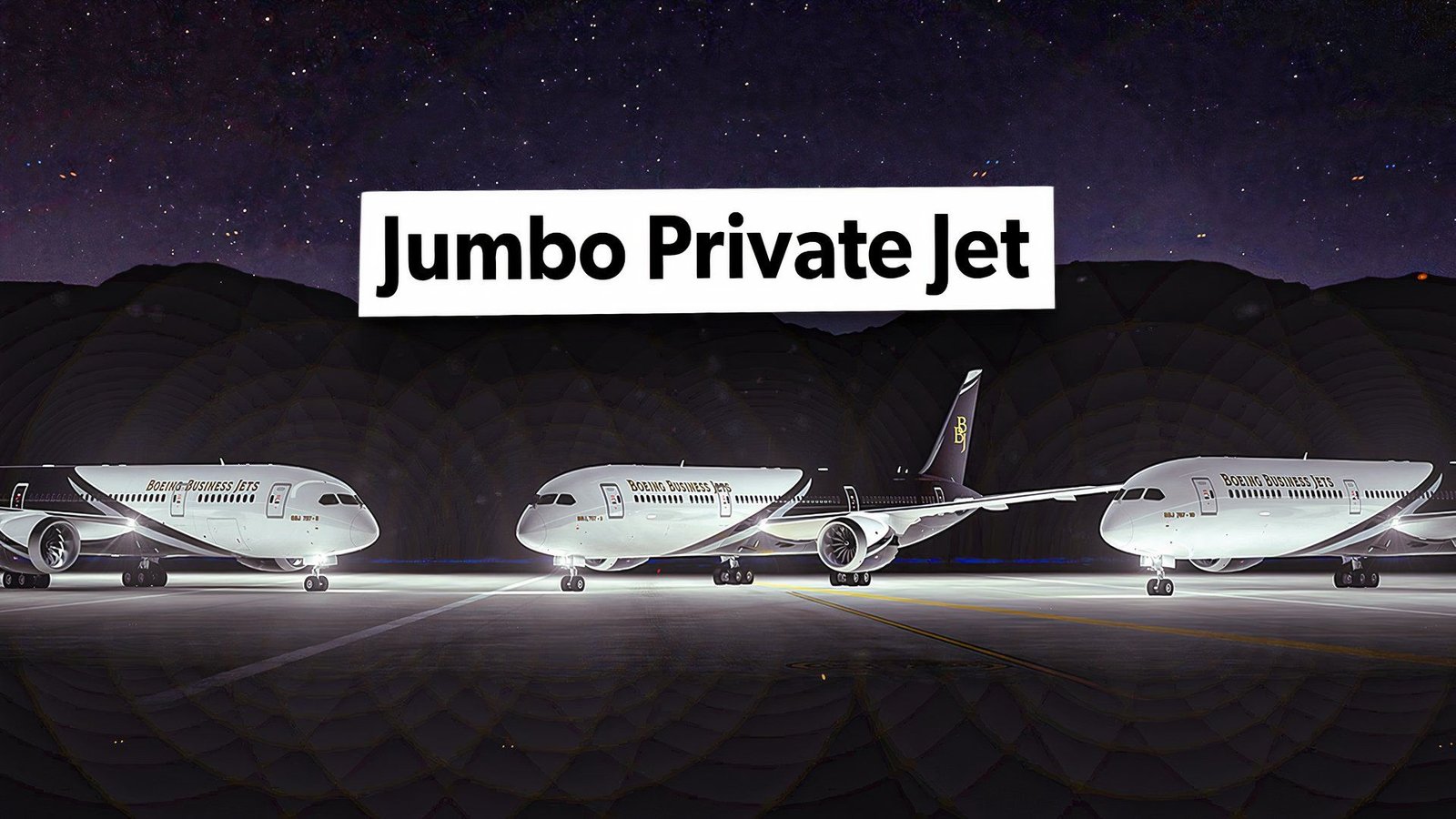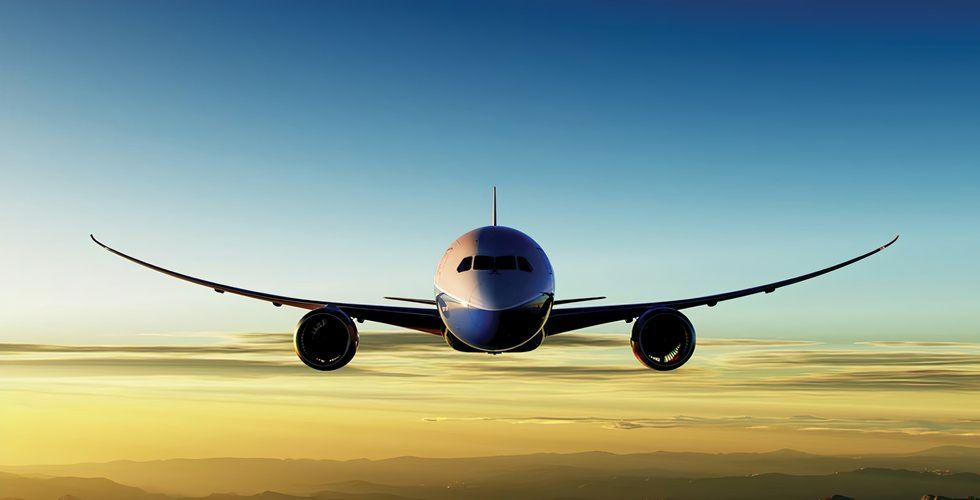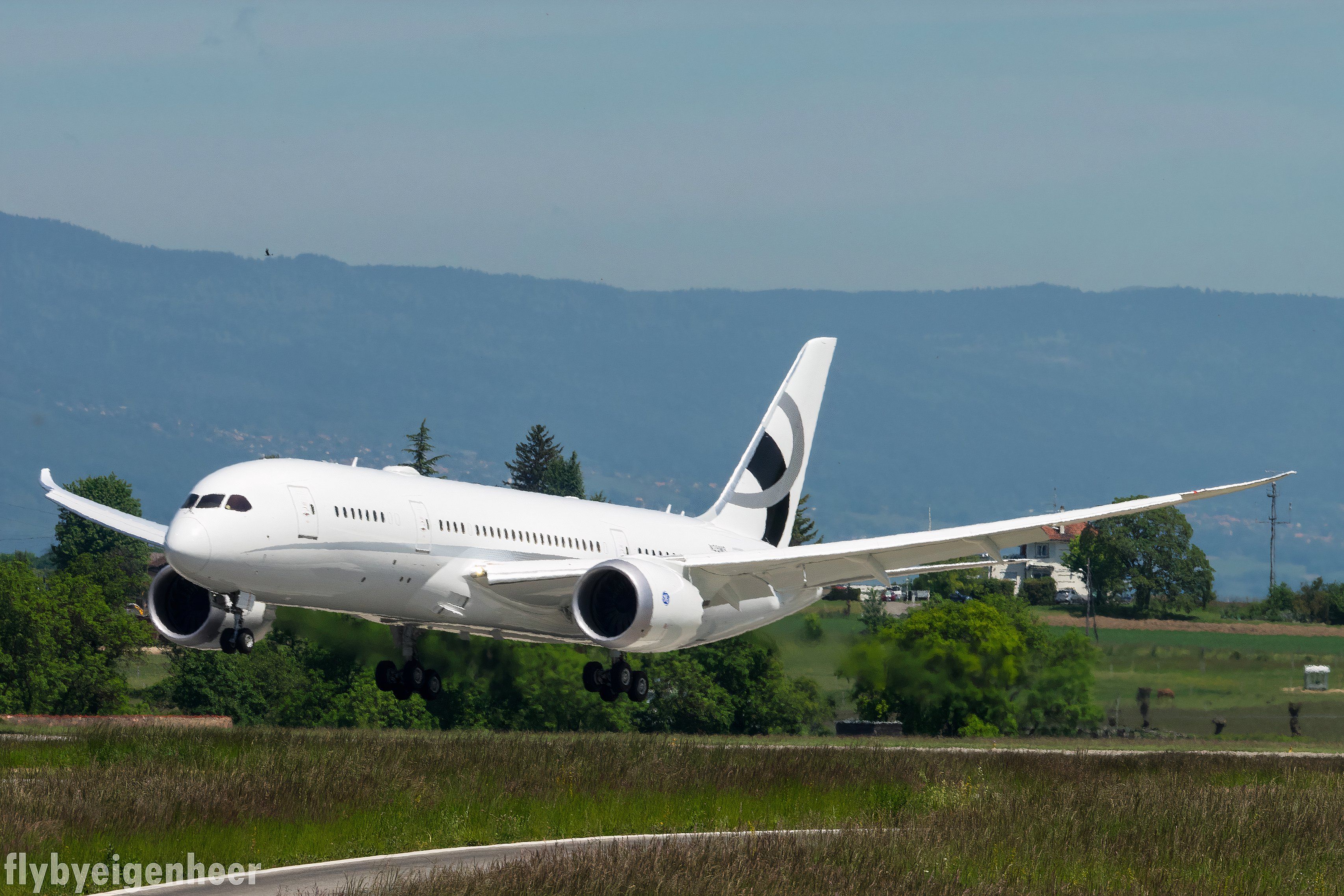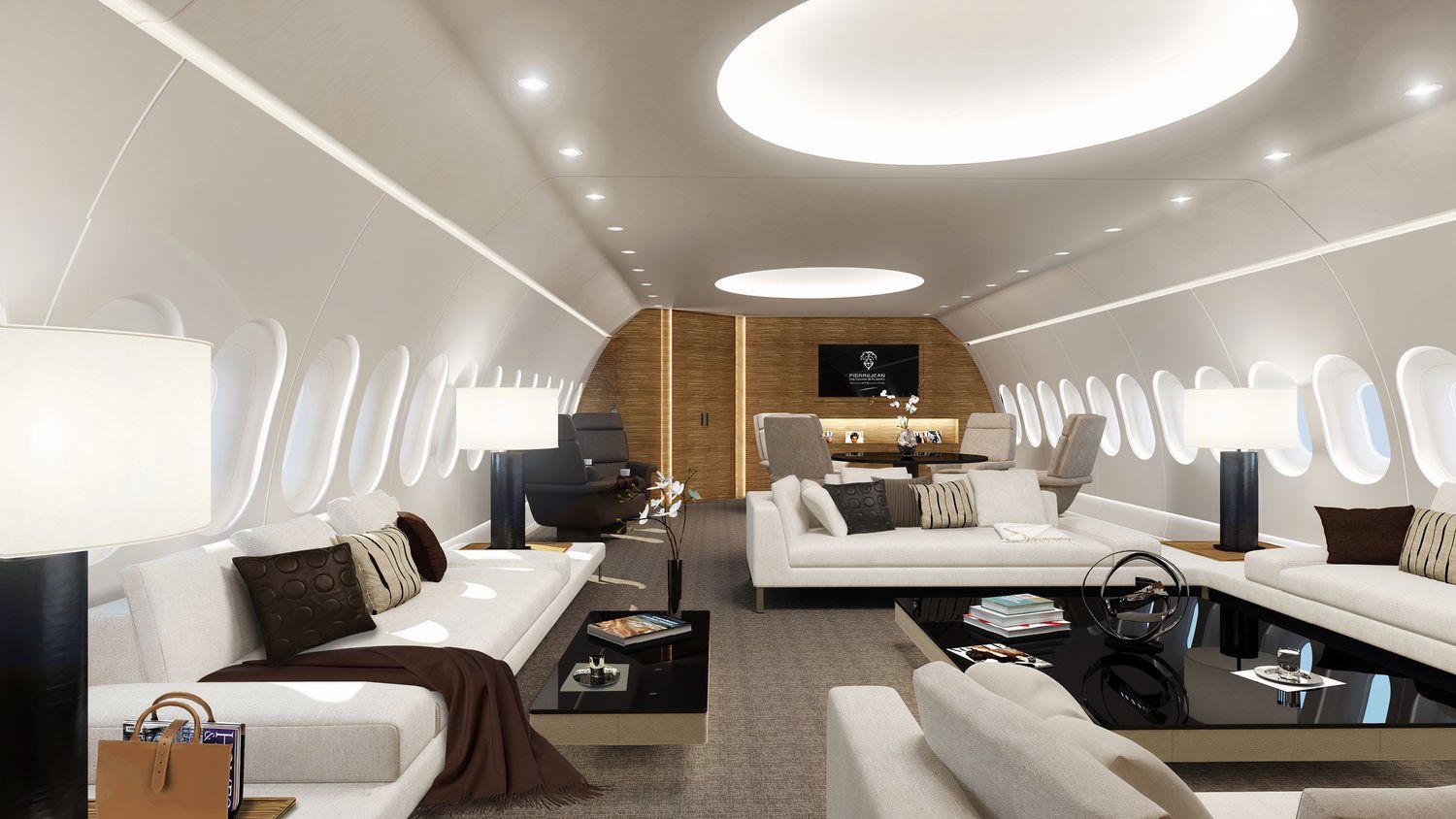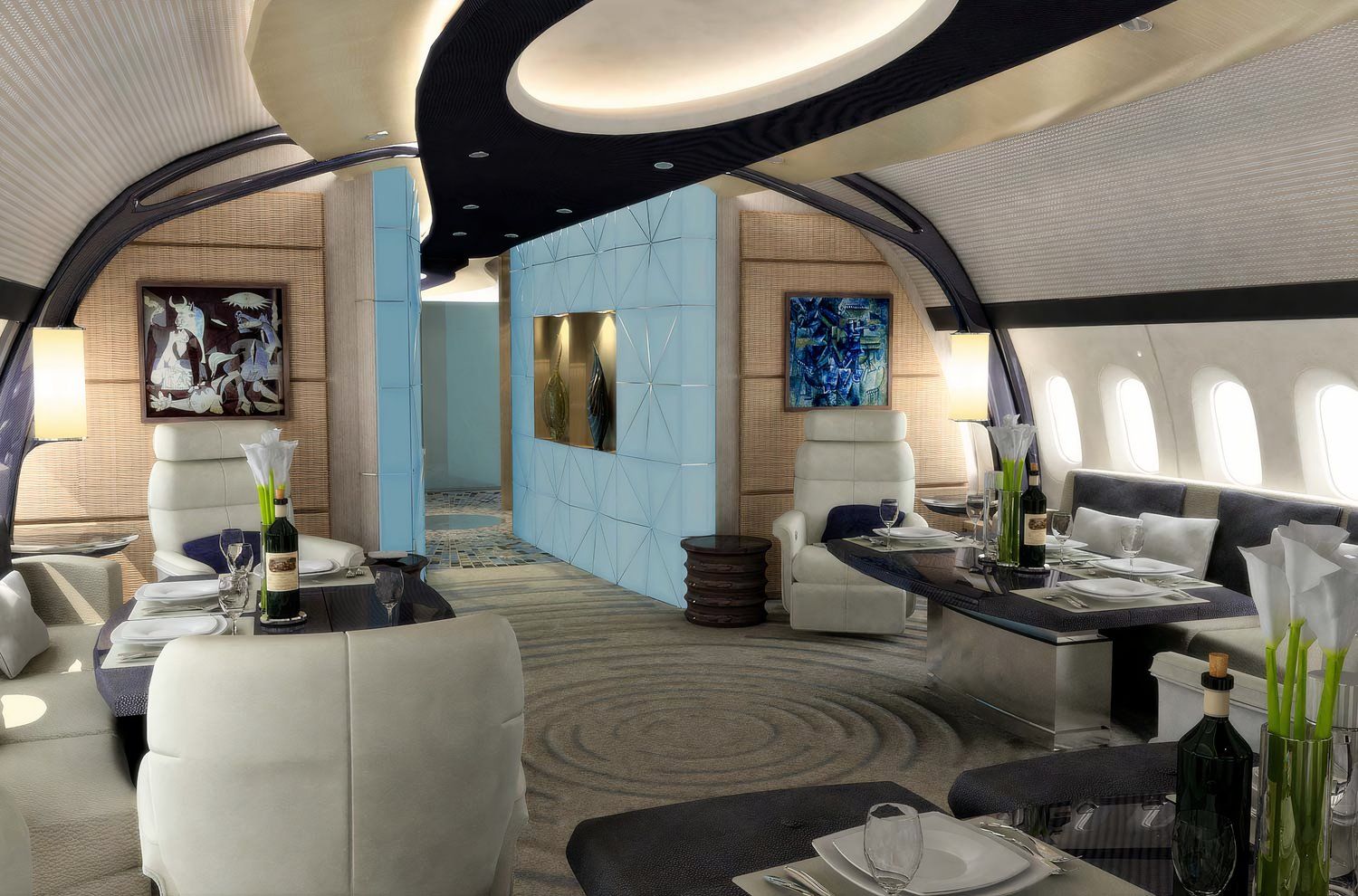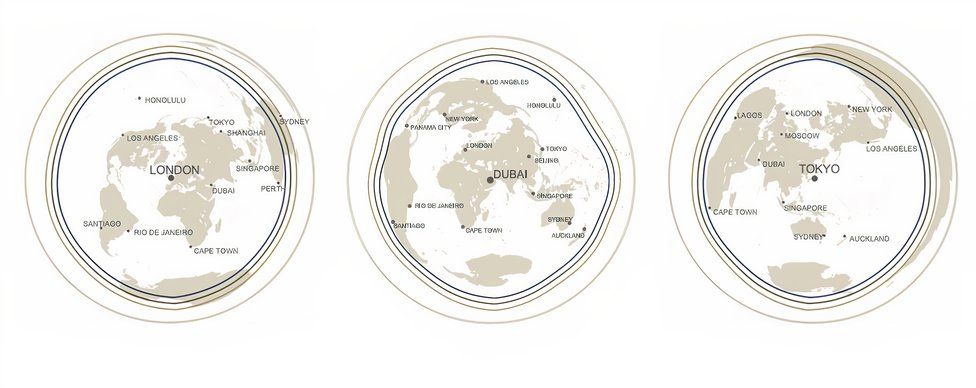The future of business aviation is all about safety, security, sustainability, and innovation. Boeing is part of the business aviation industry that offers high standards and unparalleled experience. Its brand of Boeing Business Jets BBJ is a powerful player in this expanding market, offering competitive advancements in this field.
Boeing Business Jets and Mark Berryman Design have won the Private Jet Design Award in the International Yacht & Aviation Awards. The collaboration aimed to create a unique concept using an Executive jet layout, focusing on functionality and ergonomics. Boeing Business Jets and Mark Berryman Design collaborated to create a work environment that combines style and functionality, ensuring a streamlined interior.
The BBJ 787 Dreamliner is an advanced business jetliner with a clean sheet design, offering a maximum range of 9,960 nautical miles and non-stop service to nearly every destination. It features the widest and tallest cabins in its class, allowing all-purpose private rooms while maintaining accessibility. The unique bizliner system increases ambient pressure and air density onboard, reducing cabin altitude to 6,000 ft at the maximum cruise altitude.
The airplane’s composite structure makes it more efficient, lighter, and robust. It is also resistant to fatigue and corrosion, making it easier to maintain and reducing scheduled maintenance, with a variable operating cost range between $10,320 and $11,465. The BBJ 787 Dreamliner is available in three variants: the BBJ 787-8, BBJ 787-9, and BBJ 787-10.
|
Attribute |
BBJ 787-8 |
BBJ 787-9 |
BBJ 787-10 |
|---|---|---|---|
|
Maximum Cabin Altitude |
6,000 ft (1,829 m) |
6,000 ft (1,829 m) |
6,000 ft (1,829 m) |
|
Maximum Range |
9,960 NM (18,445 km, 11,462 mi) |
9,475 NM (17,550 km, 10,906 mi) |
9,025 NM (16,715 km, 10,391 mi) |
|
Cabin Area |
217 ft² (2,340 m²) |
250 ft² (2,688 m²) |
279 ft² (3,002 m²) |
|
Cargo Volume |
125 ft³ (4,397 m³) |
154 ft³ (5,452 m³) |
175 ft³ (6,178 m³) |
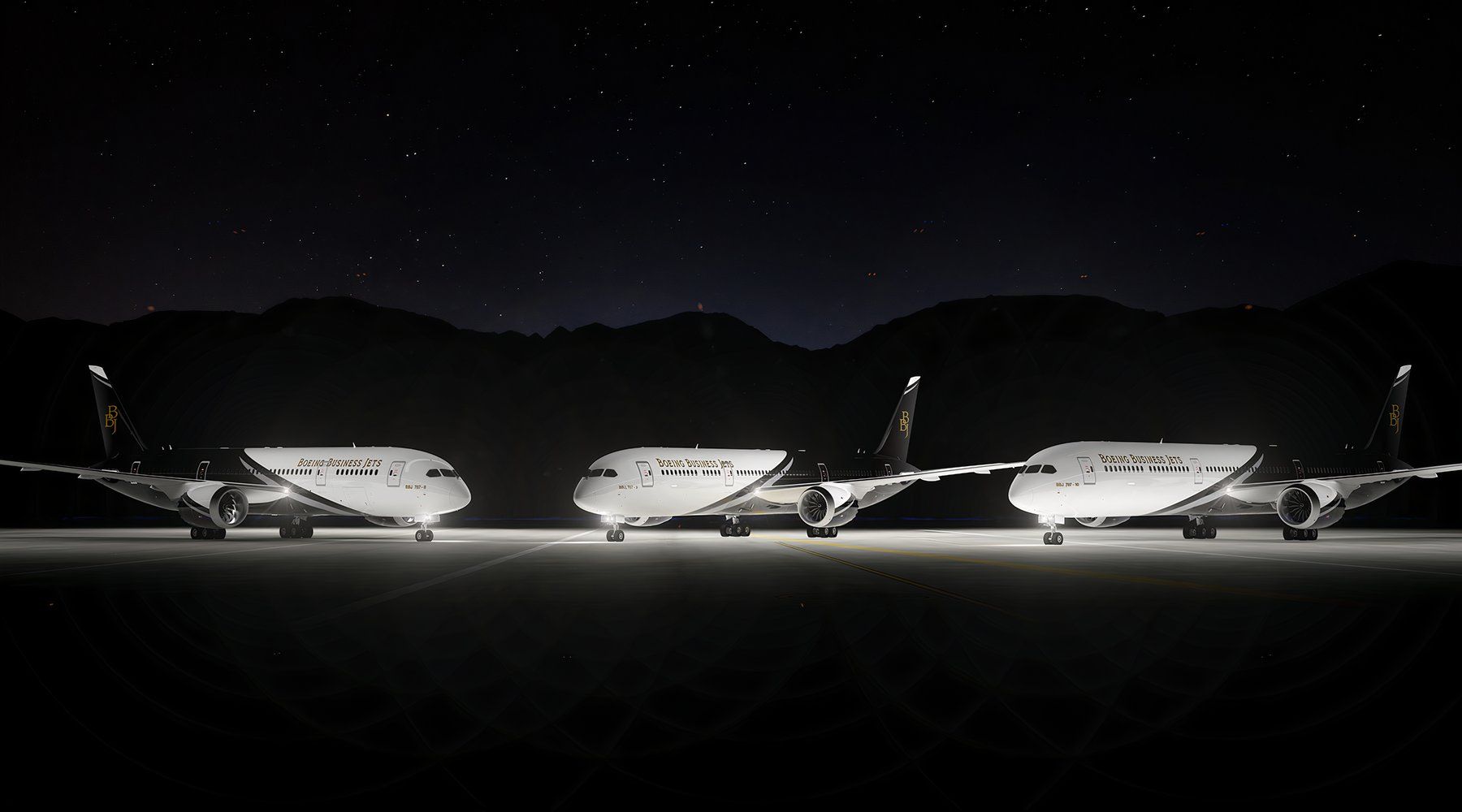 The Boeing 787 Dreamliner widebody aircraft
The Boeing 787 Dreamliner widebody aircraft
The B787 is a modern aircraft that improves air travel by reducing fuel use and emissions by 25%. Thanks to its lightweight composite structure, it allows cost-efficient operations. The innovative interiors offer spacious cabins, better views, and enhanced cabins. In commercial aviation, the 787 family has carried over 900 million passengers on over 4.5 million flights on over 410 new nonstop routes, according to Boeing.
This industry-leading flagship also features more electric systems architecture and advanced aerodynamic and engine technology. Initially introduced as the 7E7, it was scheduled for delivery in 2008, but the first flight was on December 15, 2009, with the first delivery to the Japanese All Nippon Airways
on September 26, 2011.It is the first commercial aircraft to use carbon fiber reinforced polymer CFRP in its airframe, covering the empennage, fuselage, wings, and doors. The composite fuselage prevents metal fatigue and corrosion from higher humidity levels.
Photo: Boeing
The cabin width of 18 ft (5.49 m) is spacious compared to previous widebody aircraft models in this category. The height of 19 ft 6 in (5.94 m) enables larger overhead compartments and improves air circulation and lighting. This cabin dimension identifies the B787 between the Airbus A350
and the A330.
The cabin windows measure 10.7 by 18.4 in (27 by 47 cm) and have a high eye level, allowing passengers to maintain a horizon view. They use electrochromism-based smart glass, which allows crew and passengers to adjust five levels of sunlight and visibility.
|
Attribute |
787-8 |
787-9 |
787-10 |
|---|---|---|---|
|
Length |
186 ft (57 m) |
206 ft (63 m) |
224 ft (69 m) |
|
Wingspan |
197 ft (60 m) |
197 ft (60 m) |
197 ft (60 m) |
|
Height |
55 ft 6 in (16.92 m) |
55 ft 10 in (17.02 m) |
|
|
Engines |
Rolls-Royce Trent 1000 or General Electric GEnx-1B |
||
|
Cargo capacity |
4,826 ft³ (136.7 m³) |
6,090 ft³ (172 m³) |
6,722 ft³ (190.3 m³) |
The aircraft operates with fuel efficiency, which is achieved through advanced aerodynamics, cutting-edge engines, and its lightweight composite structure. Thus, it is one of the most eco-friendly jetliners in commercial aviation.
The Boeing 787 Dreamliner is powered by twin engines, with airlines choosing between the General Electric GEnx-1B or Rolls-Royce Trent 1000. Both are designed for fuel efficiency, lower emissions, and quieter operation.
Rolls-Royce CEO Confident Boeing 787 Dreamliner Trent 1000 Engine Upgrades Will Bring Airlines Back
The Dreamliner customized for VVIP
According to the Corporate Jet Investor, the listing price for a new Boeing 787-8 is $239 million without buyers’ negotiations or discounts. Owners will also need to install interior design that will range between $15 million and $60 million, depending on the layout and other features.
One of the well-known charter management companies, Deer Jet, owns a B787 BBJ. Its aircraft is based in Dubai and can be hired hourly for $70,000, accommodating up to 40 passengers.
The BBJ B787’s hourly operating costs reflect its premium nature. The increased operating costs across variants are mainly due to the larger fuel burn, increased maintenance requirements, and higher seating capacity, influencing overall resource consumption.
According to Boeing, its costs are variable operating expenses, including fuel, maintenance, and operational fees.
• BBJ 787-8: $10,320 per hour.
• BBJ 787-9: $10,910 per hour.
• BBJ 787-10: $11,465 per hour.
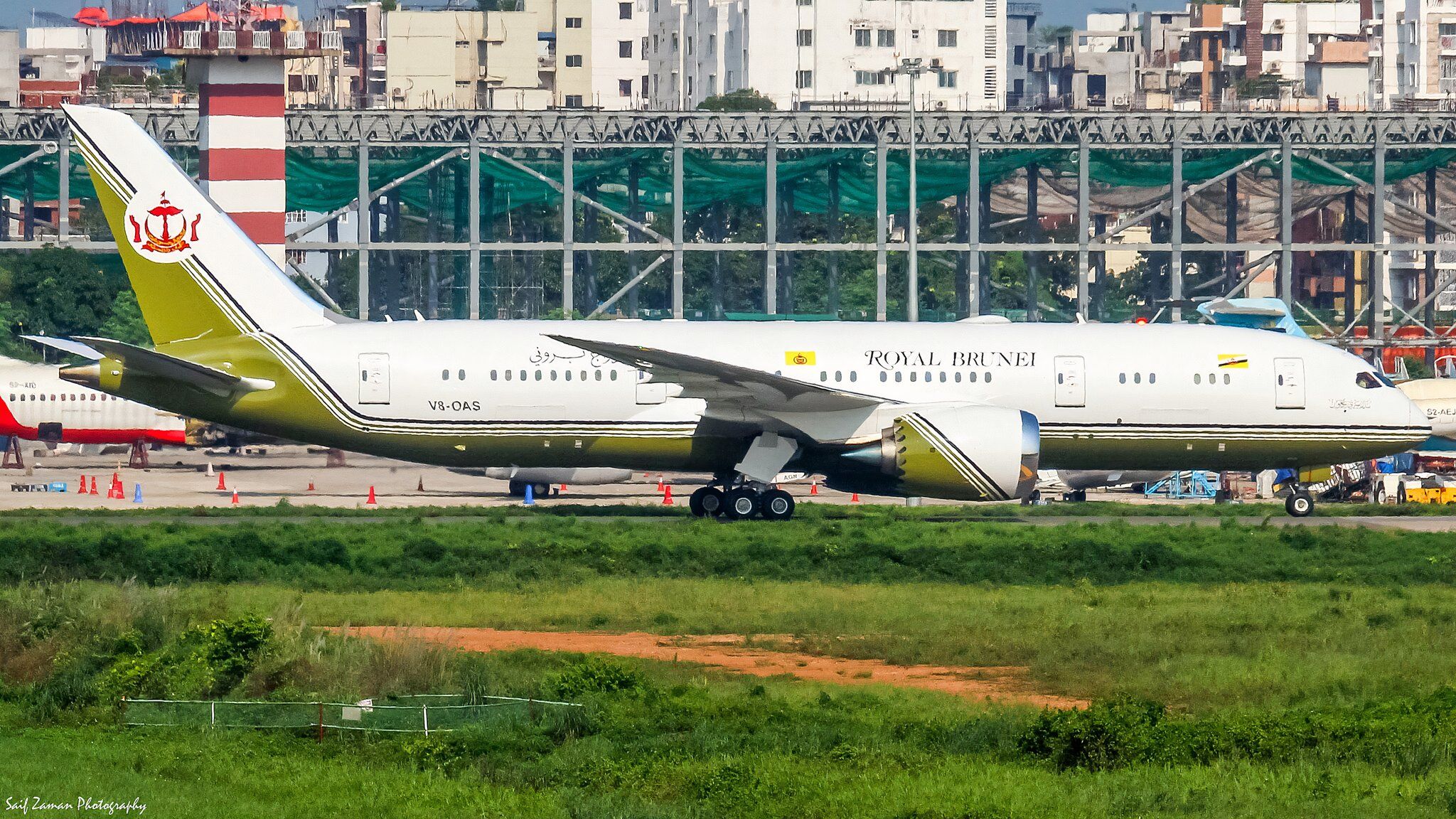 Inside the BBJ’s cabin
Inside the BBJ’s cabin
The BBJ 787 Dreamliner offers high flexibility for VVIPs. With no standard interior options or designs, owners can be creative. This makes flying the best part of the trip, making it the best-in-class experience in business aviation. However, typical configurations include a master bedroom, lounge, dining room, and guest cabin.
Customization expenses scale with complexity—VVIP interiors demand special materials, sleek designs, and specialized technology, whereas airliner configurations focus on high-capacity seating and operational efficiency. The increase in cost from B787-8 to B787-9 reflects the larger cabin space and additional features required for a longer-range aircraft.
|
B787-8 Cost |
B787-9 Cost |
|
|---|---|---|
|
VVIP |
$95M |
$108M |
|
VIP |
$82M |
$93M |
|
Government |
$58M |
$66M |
|
Executive |
$41M |
$46M |
|
Airliner |
$12M |
$13M |
The BBJ’s well-designed cabin structure optimizes space and comfort; the private master suite encloses a king-size bed, a dressing space with ample storage, and a bathroom with a spacious shower and dual sinks. The noise level in this master bedroom is designed to be super quiet, making it feel more like a luxury hotel or home than a plane.
Photo: Boeing
The main living and dining section comprises a third of the passenger cabin space. It is also fitted with double seating in this area and can accommodate passengers for sleeping. The main area has its own lavatory—one of five onboard. The rear area is a business-class zone with additional seats for an entourage. Each seat can be made into a fully flat bed.
Long-range jetliner meets luxury
The private Dreamliner can fly 9,960 NM or over 18 hours continuously with 25 onboard passengers, connecting New York to Melbourne, London to Sydney, and Dubai to most cities across the globe. However, it is slightly slower than some advanced private jets, such as the
Bombardier Global 7500
, and the Dassault Falcon 8X, which all have a shorter flying range.
Photo: Boeing
The aircraft operates with fuel efficiency, which is achieved through advanced aerodynamics, cutting-edge engines, and its lightweight composite structure. Thus, it is one of the most eco-friendly jetliners in commercial aviation. It also features a composite structure for high-aspect ratio design, droppable spoilers and raked wing tips for enhanced efficiency, and multifunctional ailerons for takeoff and cruise.
It’s usually crewed by four pilots, as the spare pilots can rest behind the cockpit in the dedicated crew rest area. Two pilots actively fly, while the other two rest in shifts. This rotation ensures that when final approaches and landings occur, the pilots are well-rested and alert, reducing risks associated with fatigue.
The primary remark is that the aircraft is a widebody airliner, limiting its entry to smaller airports. Widebody jets often require larger fuel quantities and specialized maintenance equipment. Smaller airports may lack refueling capacity, hangar space, or the necessary ground support vehicles.
Business aviation has evolved significantly since the early days of general aviation. This evolution has given birth to unique aircraft ownership programs like fractional ownership, jet cards, and per-flight and on-demand sales channels. In today’s global economy, it’s no longer a luxury—it’s a necessity for many.
Since their establishment, aircraft manufacturers Airbus and Boeing have focused on commercial airliners. During those days, their aircraft were altered to accommodate special customers’ demands, as they required large airliners in a private setting. Later on, the two giant players chose to brand their private airliners as Airbus Corporate Jets and Boeing Business Jets.
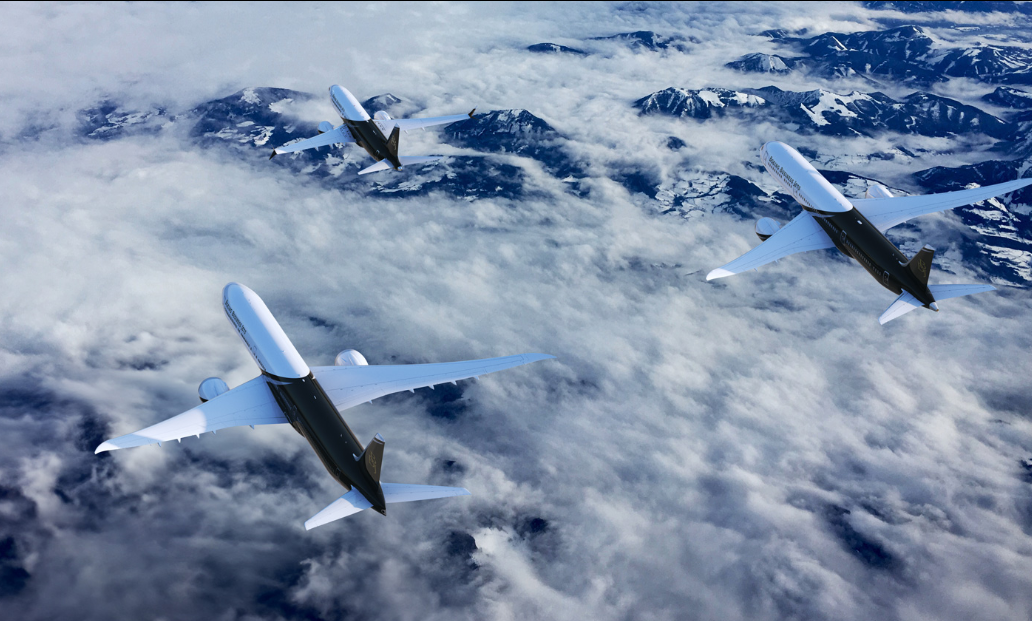
ACJ or BBJ: Who Produces The Better Business Jets?
This is user-generated content. The views and opinions expressed here are not necessarily those of Simple Flying.
ACJ/Airbus Corporate Jets and BBJ/Boeing Business jets are subsidiaries of the planemakers Airbus and Boeing. Both companies have a similar business model, however BBJ is much popular among customers. This could be due to BBJ being older than ACJ. Currently, ACJ and BBJ offer business jets which are quite a lot larger than small private jets like those made by companies such as Gulfstream.
BBJ currently offers:
737 MAX BBJ (any variant, the MAX 8 and 9 for now), 787 BBJ (any variant), 777X BBJ (upcoming).
According to BBJ, there are 216 possible cabin interior selections for all aircraft and aircraft types that are already in service and can be ‘ready for service’ by 2027 if an order is placed now.
ACJ currently offers:
ACJ220 (A220), ACJneo (A320neo family), ACJ330neo (A330neo family), ACJ350 (A350 family).
On the ACJ side, the ACJ220 is the latest type of corporate

